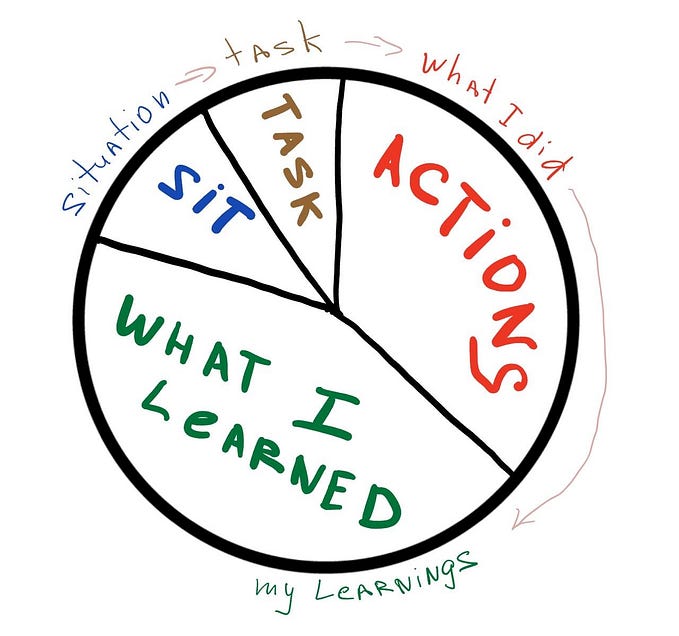
In today’s world, work has become more flexible than it used to be.
Gone are the days when people would spend years on a single career and co-workers were practically neighbors. In modern offices, co-workers might come from multiple states or countries and office space is often virtual.
Extended study leaves, telecommuting, and remote working arrangements can all create confusion about who should be doing what for any given project.
Working during odd hours due to night shifts or an extended project deadline can also introduce even more added complexity.
In order to maintain productivity and avoid extra stress levels caused by miscommunication, it may be beneficial to compile a document that clarifies who is responsible for certain tasks in your office’s particular situation.
So, how do you manage work?
Let’s see,
What is Work Management?
Work management is the process of planning, organizing, and controlling work within an organization. It includes the coordination of people and resources to achieve organizational goals.
Work management is a key function in any organization. It helps ensure that work is completed efficiently and effectively. Good work management can improve organizational productivity and profitability.
There are several key concepts in work management:
Workflows: A workflow is the sequence of steps that are required to complete a task or process. Workflows can be designed to optimize efficiency and quality.
Tasks: A task is a unit of work that must be completed. Tasks can be assigned to individuals or groups.
Resources: Resources are the people, equipment, and materials required to complete a task or process.
Scheduling: Scheduling is the process of planning when tasks will be performed. Scheduling can help ensure that tasks are completed on time and that resources are used effectively.
Monitoring and control: Monitoring and control are used to track progress and identify problems. Corrective action can then be taken to keep work on track.
What is a Work Management Plan?
A work management plan is a tool that can be used to help individuals and organizations better manage their work. The goal of a work management plan is to improve efficiency and productivity by identifying and addressing issues that may hamper performance.
There are a number of different elements that can be included in a work management plan, but some of the most important include:
- Defining objectives and goals: What do you hope to achieve with your work management plan? Be specific and realistic in your objectives to ensure that you can measure success.
- Identifying resources: What resources are available to help you implement your work management plan? Make sure to consider both human and financial resources.
- Developing a timeline: When do you need to have each element of your plan completed? Having a timeline will help you stay on track and ensure that deadlines are met.
- Assigning responsibilities: Who will be responsible for each element of the plan? Clear assignments will help to ensure that everyone knows their role in the implementation process.
What are the Steps Involved in Work Management?
There are four basic steps involved in work management:
- Planning: This is the process of setting goals and determining what resources will be needed to achieve them.
- Scheduling: This step involves creating a timeline for completing the work and assigning tasks to specific individuals or teams.
- Execution: This is the phase where the actual work is completed.
- Monitoring and control: This step involves tracking progress and making adjustments as necessary to ensure that the work is completed according to plan.
Importance of Work Management
In today’s fast-paced and ever-changing business world, work management is more important than ever. But what is work management, and what do you need to know about it?
Why is work management important? Because effective work management leads to better workflow and improved productivity. It helps teams work together more efficiently and avoid duplication of effort. And it can help you meet deadlines and achieve your goals.
If you’re new to work management, or if you want to learn more about how to improve your own workflows, read on for some tips and advice.
Tips and Tricks to Be Better at Work Management
Are you looking for tips and tricks to improve your work management skills? If so, you’ve come to the right place! In this section, I‘ll share some of our best tips and tricks for becoming better at work management.
First, let’s start with some basics. Work management is all about getting things done efficiently and effectively. That means setting priorities, staying organized, and knowing how to delegate tasks.
If you’re having trouble getting started, try these tips:
- Set realistic goals for yourself and your team. Trying to do too much at once will only lead to frustration and scattered results. Focus on one thing at a time and build from there.
- Stay organized by keeping a detailed list of tasks to be completed. This will help you stay on track and avoid forgetting anything important.
- Delegate tasks to others on your team who are better suited for them. This will free up your time to focus on more important tasks and help your team members feel more involved in the project.
- Take breaks when you feel overwhelmed or burned out. It’s important to keep your energy levels up in order to be effective at work management. Don’t forget to schedule some down.
What is the Purpose of Work Management?
In many organizations, work management is seen as a way to increase efficiency and productivity. It can be used to track projects, set deadlines, and assign tasks. Work management can also help teams stay organized and on track.
There are a few things you should keep in mind when implementing work management in your organization. First, it’s important to make sure that everyone is on the same page. Work management should be designed to improve communication and collaboration, not create more chaos.
Second, you’ll need to decide what tools and processes will work best for your team. There is no one-size-fits-all solution, so it’s important to tailor your approach to fit the needs of your specific team.
Finally, remember that work management is an ongoing process, not a one-time event. You’ll need to continue to refine and adapt your system as your team changes and grows.
What are the Benefits of Work Management?
There are many benefits of work management, and it can help improve both your personal and professional life.
- By learning how to better manage your time and tasks, you can increase your productivity and efficiency. This can lead to less stress in your life and more free time to enjoy the things you love.
- In addition, good work management skills can also help you advance in your career. By knowing how to prioritize and delegate tasks, you can show your supervisors that you’re capable of handling more responsibility.
- If you’re looking for a way to improve your life and career, learning about work management is a great place to start.
What Type of Tools Can I Use for Work Management?
There are a number of tools available to assist with work management, and the most appropriate tool for you will depend on your specific needs. Some popular options include project management software, task management software, time tracking software, and productivity apps.
Project management software can be helpful for coordinating large projects with multiple team members. Task management software can assist with creating and managing to-do lists, and may also offer features such as task prioritization and deadlines. Time-tracking software can be used to log work hours and track progress over time. Productivity apps may offer a variety of features such as task management, goal setting, and habit tracking.
When choosing a work management system, it is important to consider your specific needs and objectives. There is no one-size-fits-all solution, so it is important to select a tool that will best support your workflow.
Try an all-in-one solution like Yoroflow! Get a free demo!








